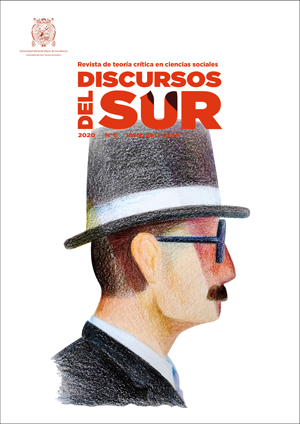From spontaneous order to induced disorder
Neoliberalism and subsidiarity of the State
DOI:
https://doi.org/10.15381/dds.v0i6.19338Keywords:
economic thought, State, subsidiarity, neoliberalismAbstract
The history of economic thought in the 20thcentury gave rise to a series of important discussions that have guided economic politics and geopolitical relations in most countries in the world. The criticism to the tenets of classical economy would originate a number of proposals that lay down significant reforms. This article describes and analyzes the proposals of two schools that justly confront classical thought. The first one belonging to John Maynard Keynes questions the “natural” order of economic laws and suggests a key intervention of the State in their regulation. The second one is that of Friedrich Hayek, which would lay the foundations of neoliberalism, based on a fundamental economic freedom (even above political freedom) and an intervention of the State in it. The article concludes with an analysis of the economic politics in Chile and Peru, countries that illustrate the ultimately development of a neoliberal model in the last decades.
Downloads
Published
Issue
Section
License
Copyright (c) 2020 Humberto Campodónico Sánchez

This work is licensed under a Creative Commons Attribution-NonCommercial-ShareAlike 4.0 International License.
THE AUTHORS RETAIN THEIR RIGHTS:
(a) The authors retain their trademark and patent rights, and also on any process or procedure described in the article.
(b) The authors retain the right to share, copy, distribute, execute and publicly communicate the article published in Discursos Del Sur (in example, depositing the article in an institutional repository or publish it in a book), with recognition of its initial publication in the Discursos Del Sur.
(c) The authors retain the right to make a later publication of their work, to use the article or any part of it (for example: a compilation of their works, notes for conferences, thesis, or for a book), provided that they indicate the source of publication (authors of the work, magazine, volume, number and date).






